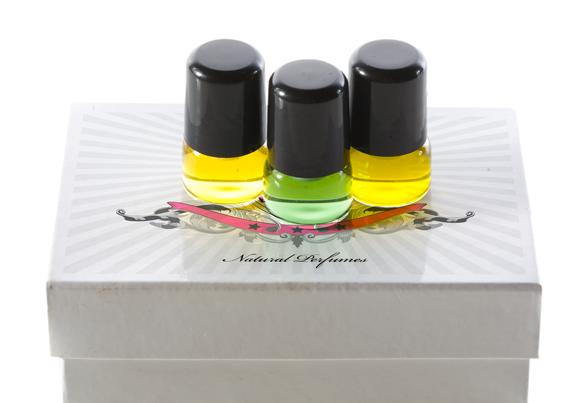Interview with Eleanor Jane
Natural Perfumer
Tallalah Jane Natural Perfumes
Tallulah Jane presents beautiful fragrances that embrace the centuries-old craft of Bourbon perfumeries but with a bold, modern sensibility. Blended with botanical essences, resins and balsams, Tallulah Jane scents are an ever-evolving olfactory experience. Ethically chosen organic and wild crafted oils are mixed together in certified organic grape alcohol or jojoba, then hand poured in small batches. No two vintages are exactly alike, so your Tallulah Jane scent is categorically unique, as if designed by nature.
Please join us in this exclusive interview with Eleanor Jane of Tallalah Jane Perfumes as she talks to us about botanical essences and organics, what Natural Perfumery means to her, her signature perfume, her favorite fragrance growing up and her new line of fragrances...
Eleanor, Tallulah Jane presents beautiful fragrances that embrace the centuries-old craft of “Bourbon perfumeries”, what does this mean exactly?
The methods we employ in creating the Tallulah Jane scents are very much the same that have been used in perfumery from the 2nd century BC through the mid 1940's when synthetic compounds and chemicals became the norm. Although perfumes have been used by most cultures throughout history, it was Louis XV of the House of Bourbon that brought fragrance to the forefront of high society, so much so that his Verseille was referred to as “le cour parfumee”, the perfumed court. Just as the perfumers of 18th century France used only natural oils, tinctures and botanicals so too does Tallulah Jane. Instead of being synthesized in a lab, our ingredients are produced from 100% natural, organic or wildcrafted sources through methods of distillation, expression or enfleurage.
Blended with botanical essences, resins and balsams, Tallulah Jane scents are made with organic and wild crafted oils that are mixed together in certified organic grape alcohol, then hand poured in small batches. Tell us about your fragrances and why you chose to work with botanical essences and organics.
I've always been intrigued by the history of the craft of perfumery; the way in which the botanicals are harvested, the means by which fragrance is extracted, the art of creating accords, the culture that evolved out of the craft. I'm enchanted by the traditions of pre-lab perfumeries and wanted to return to those basic means of production. I also feel that one of the advantages that natural perfumes have is that they are very dynamic in how they dry down. It seems that naturals do reveal themselves with more dimension whereas synthetics can be a bit singular as they wear.
Your signature perfume, “Tallulah” is described as a “creamy jasmine that flirts with heady tuberose”, what was your inspiration for this?
Jasmine has always been one of my favorite scents and I had always wanted to create a fragrance which was based on it. The problem with many Jasmines is that they can be too sweet as the predominant note in a perfume. I found that if I blended Tuberose, which I also adore, into the Jasmine accord I could maintain the floral character at the top while also cutting enough of the sweetness.
Can you tell us about what Natural Perfumery means to you?
It gives me the chance to recreate the way that scent affects me at a primal level and to be able to experiment with how different scents might live together in a bottle or on my skin, even though they might never exist together in the real world. Also, the opportunity to blend perfumes as an artist and not as a scientist in a lab coat is a blessing which cannot be overstated.
What led you to perfumery, especially natural perfumery?
I worked in the fashion industry for many years as a model then moved to photography once I gave up being in front of the camera. Eventually I turned my attention to the wellness industry where I became a certified health instructor working with cancer survivors, cardiac rehab patients and post rehabilitation patients. I also specialized in pre and post natal and peri-menopausal consultation. While researching lifestyle modifications for some of my clients I learned of the dangers that many fragrances, cosmetics and body care products pose to healthy people, let alone those with compromised constitutions.
I had worked with essential oils for many years, both for their aromatherapeutic benefits as well as mixing blends for my own personal body oils. I turned my experience with these botanicals and resins into perfumery after giving up on wearing synthetics due to their effects on me. I studied under natural perfumers and started blending more complex formulas which then happily turned into Tallulah Jane after the exceeding demand from friends and family for bottles of my fragrances.
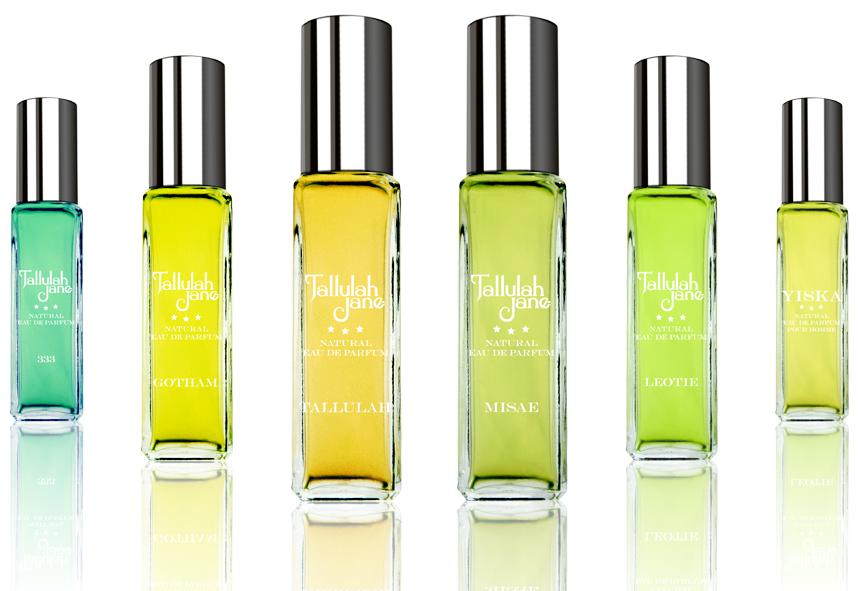
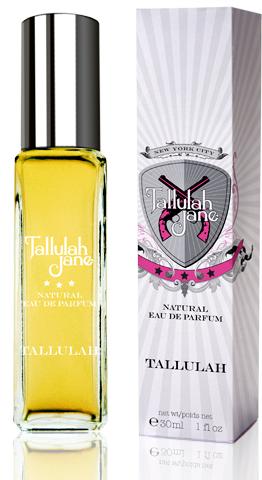
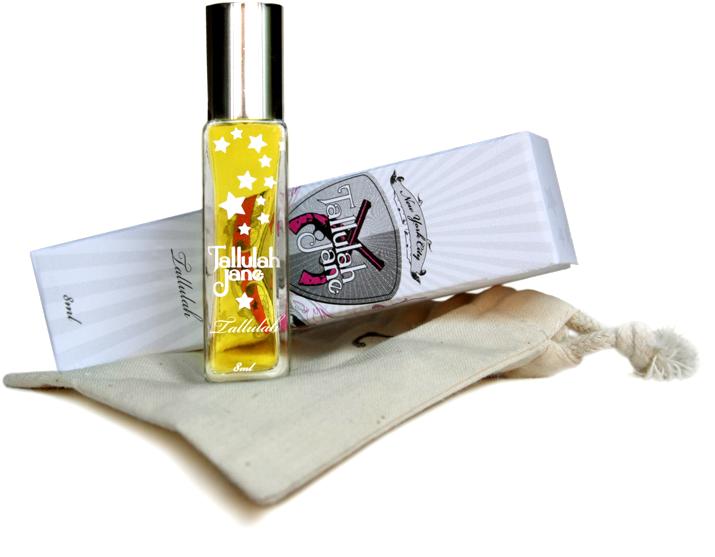
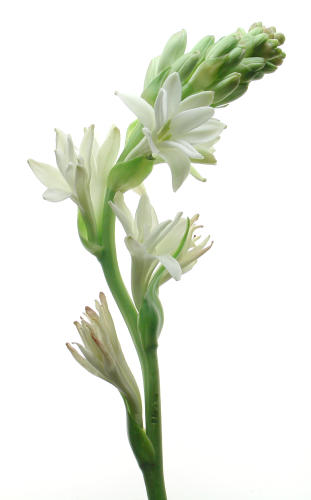
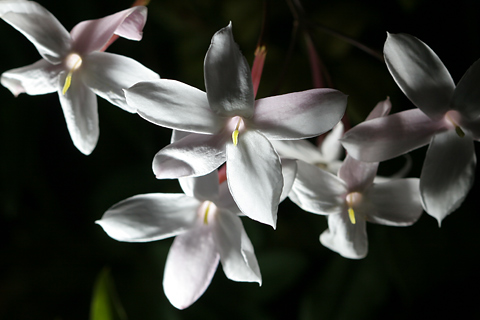
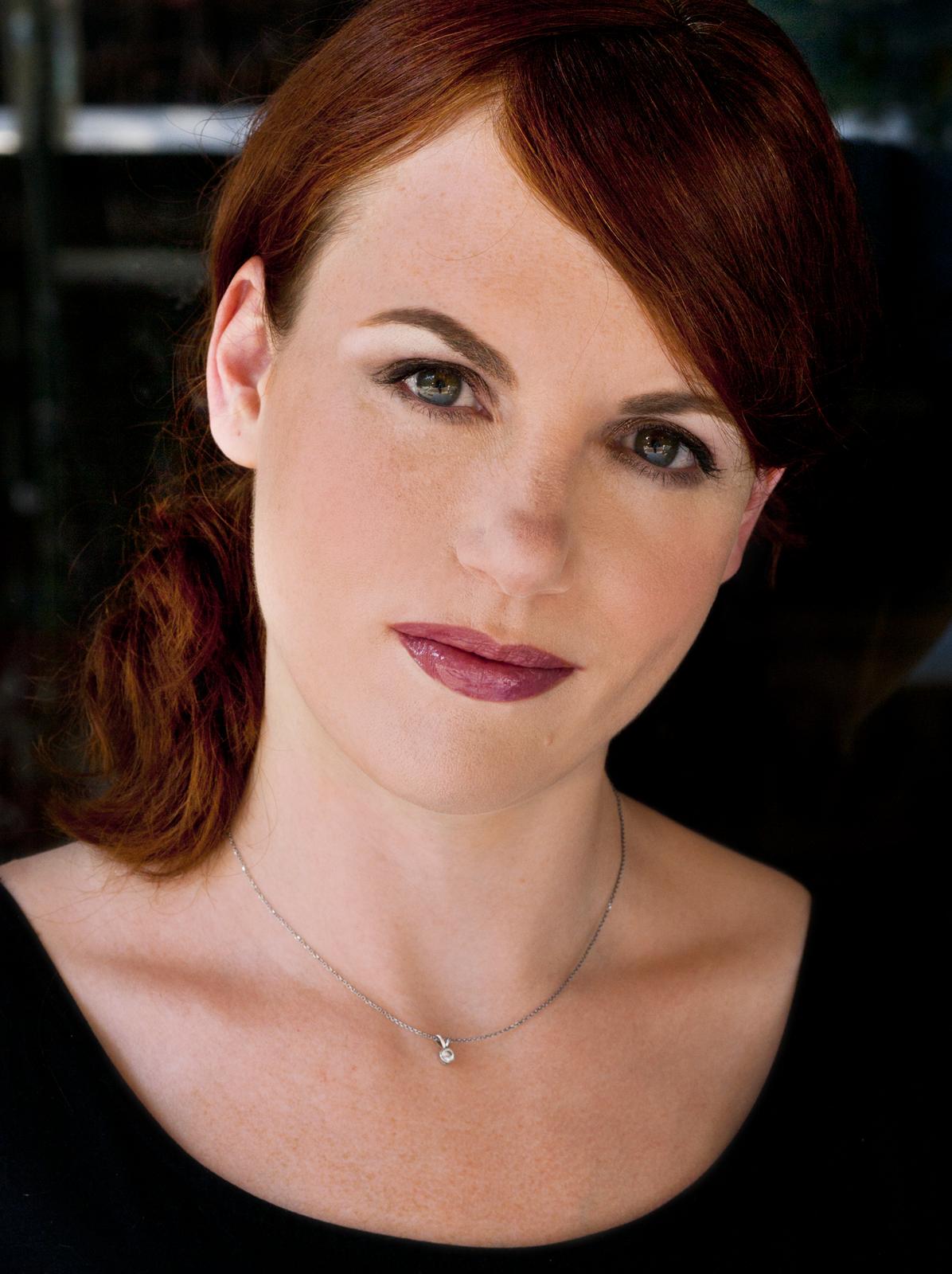
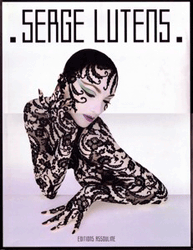
Our ingredients are a lot more expensive but we've been able to cut down a lot of our ancillary overhead so that we can keep our prices much lower than many other naturals. We try to incorporate as many wildcrafted ingredients as possible, even over organics if given the choice. Wildcrafting is much kinder to the environment, as land does not need to be cleared for crop space and generally only the branches or flowers from the plant are taken
and the living plant is left. Because of how wildcrafted ingredients are cultivated it is impossible to verify that they are indeed organic even though they were in all likelihood never exposed to chemicals or pesticides. The companies we source from sign contracts stating that any plant taken from the wild is replaced with seedlings or that they only use the part of the plant needed for the oils.
Our branding is also an area in which we decided to cut across the grain. Many naturals base their look and feel on a floral theme so one can expect to see depictions of flowers or leaves or whispy stems set around some sort of cursive or heavily stylized word mark. We wanted our identity to be more aggressive in telling our story. Yes, we are a natural perfumery but we are also empowered, sovereign, bold, smart, sexy, provocative, passionate and we needed to have our outward facing visual language address who we are as a company and the type of person who we think our fragrances would appeal to.
Likewise, we don't aspire to be a French perfumery, or an Italian perfumery,
or a Middle Eastern perfumery, we are an American perfumery and we wanted to make sure our branding was representative of our attitude and where we come from.
Tell us about the fragrances you’ve created...
The fragrances we've released since launching in November of '09 are;
Tallulah...Very floral, grounded in Frankincense and Woods
Gotham: A sexy Patchouli and Rose rounded by a melange of exotic spice
333: Herbaceous and fresh. An elegantly patrician fragrance with more than a hint of attitude
Misae: White and Green florals in the midst of Citrus and Woods
Leotie: A bouquet of Rose, Lavender, Carnation and Violet topped by Yuzu and finishing in Tonka
Yiska Pour Homme: Lime and Grapefruit with notes of Leather, Black Tea and a subtle undertone of Lavender Seville
What is the oddest ingredient that you have used in natural perfumery?
One of the first perfumes I spent a lot of time developing included a small
amount of Truffle Oil. Although it might have been a novel concept, it
imparted too much mustiness into the perfume no matter how tiny the dose.
And besides, as this early project was oil based instead of alcohol, the
Truffle Oil cut the shelf life down to 6 months.
As a perfumer, where do you find your inspiration?
I know it sounds totally cliché but I am eternally inspired by the natural world
around us. We're avid hikers and campers and I really do use those
experiences as muse in concepting our future projects.
There must have been a defining moment that led you to become
a perfumer. How did that happen?
I grew up as someone who was always steeped in fragrance. As a young girl,
Mum would always be in her Chanel No. 5 and Father was dousing himself in
Dior Eau Sauvage. When Auntie Delphine would have us around for tea,
every linen was spritzed with Tea Rose and my Grandmother was never
without her Bluebell.
My first "discovery" was Mary Quant's Havoc which became a staple for me and all my female classmates. From there I dabbled in Annick Goutal, Cacharel, Guerlain, Mugler, YSL, Rochas. I loved experiencing all the incredible smells and different approaches to the creation of scent. Unfortunately, I began to have adverse reactions to the chemical compounds that my favorites were comprised of. Most are aware of how these manifest themselves so I won't go into detail but it got to the point that I eschewed all fragrance because of the effect they were having on me.
For nearly ten years I avoided all product until I came to the realization that there was another way that I could appreciate the art of perfume and that was through naturals. Another thing that I realized is that there was a robust demand for quality, natural fragrances that I believe is still under served. It was the the crossing of these two realities that inspired my foray into perfumery.
So, was it an epiphany? Or maybe I was hard wired from early on? I don't know. Either way I'm elated to be where I am now.
Were you inspired by any one perfumer?
I've always had a big crush on Serge Lutens! Not only for the perfumes he created with Christopher Sheldrake,
which are some of my all time favorites, but also for his artistic direction, fashion imagery and branding genius.
He was one of the first to really understand how fine art could have a profound influence in expanding the beauty
product experience.
In the natural realm though there are some amazing artisans that are making their mark.
What was your favorite fragrance growing up?
See above... Havoc by Mary Quant! I have no idea how I would perceive it today, I wish I could get
my hands on a bottle just to see if it would maintain the same romance after all these years.
What is the most amazing fragrance you have ever smelled?
My 2 year old son's hair after an afternoon in the sun and sea air. Seriously, there's nothing more amazing.
Which one fragrance do you wish you had created?
I don't know if there's any fragrance that I wish I had created but I do wish I could have been
around when Parfumerie Galimard was inventing the industry we know today.
What power do fragrances have over people, do you think, if any?
Scent is often referred to as the "emotional brain". More so than the other senses, smell has the ability to
recall vivid memories, inspire powerful emotions and influence mood. A singular scent can recreate an entire
scene from one's past that encompasses milieu, company, sights, sounds, textures, nostalgia, hope, love.
No other sense can affect a person to the depth or capacity that
smell can, that's the unique power that it possesses.
Why do you think so many women and men are part of this fragrance explosion,
especially the niche and natural trend?
I think so much of the recent expansion of interest in niche can be directly attributed to the
increased ease of accessing information, as well as the inherent interest in those creating
these products. Before the internet became a part of everyone's daily regimen exposure
to boutique houses and specialty producers was limited to regional proximity. But now
that the web has exposed even the smallest salons to the global marketplace it's so
much easier to explore the incredible work being produced by small perfumers anywhere
in the world. Much like every other cultural medium, we are no longer beholden to the large
corporations that previously dictated to us what fragrances were available.
Tallulah Jane perfumes are certified cruelty free by the CCIC and display
a “Leaping Bunny” logo. For readers who are not familiar with this logo,
what is the “Leaping Bunny” logo?
The Coalition for Consumer Information on Cosmetics is a fantastic organization
that promotes a single, comprehensive standard and an internationally recognized
Leaping Bunny Logo that ensures the consumer that no animal cruelty occurred
in the production of our products or any of its ingredients. We had to abide a
strict registration process; submitting declarations of cruelty-free manufacturing
on our part and obtaining cruelty-free declarations from our suppliers and agreeing
to spontaneous audits by CCIC for our inclusion in the program.
Is there anything else you would like our readers to know about you or your
perfumes that we have not discussed?
Our original inspiration was to produce a luxury product that transcends the conventions
of "natural perfume" and would appeal to people who genuinely appreciate the craft of
perfumery. We love the fact that we are natural and eco-conscious but we refuse to be dismissed as just another green company. We are passionate in what we create and the insight, skill, artistry and flavor that is requisite in producing a perfume of acclaim and pride is what we constantly work toward expanding.
Where are your fragrances and samples available?
Tallulah Jane is available at C. O. Bigelow here in NYC and we'll be expanding our metro area retail presence greatly in the short term. We're also carried by a number of online retailers such as Spirit Beauty Lounge as well as brick and mortar in various locations across the US. We're starting to concentrate more on getting our perfumes onto store shelves so the easiest way to check on where we're stocked is on our web site under "where to find us". We've just launched in Europe as of the beginning of September which includes a distribution arrangement with White Wisp that will service Germany, Austria and Switzerland. We are also finalizing a UK distribution deal to start in October as well as Scandinavia, Canada and South East Asia to follow in the next couple of months.
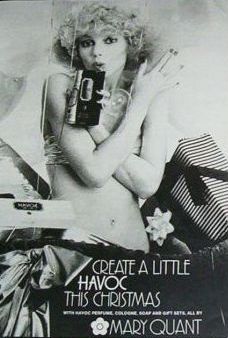
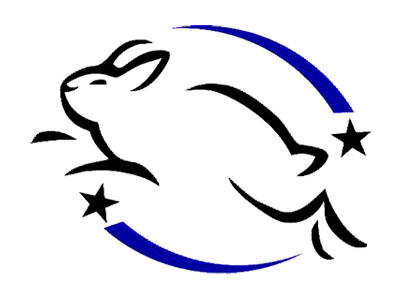

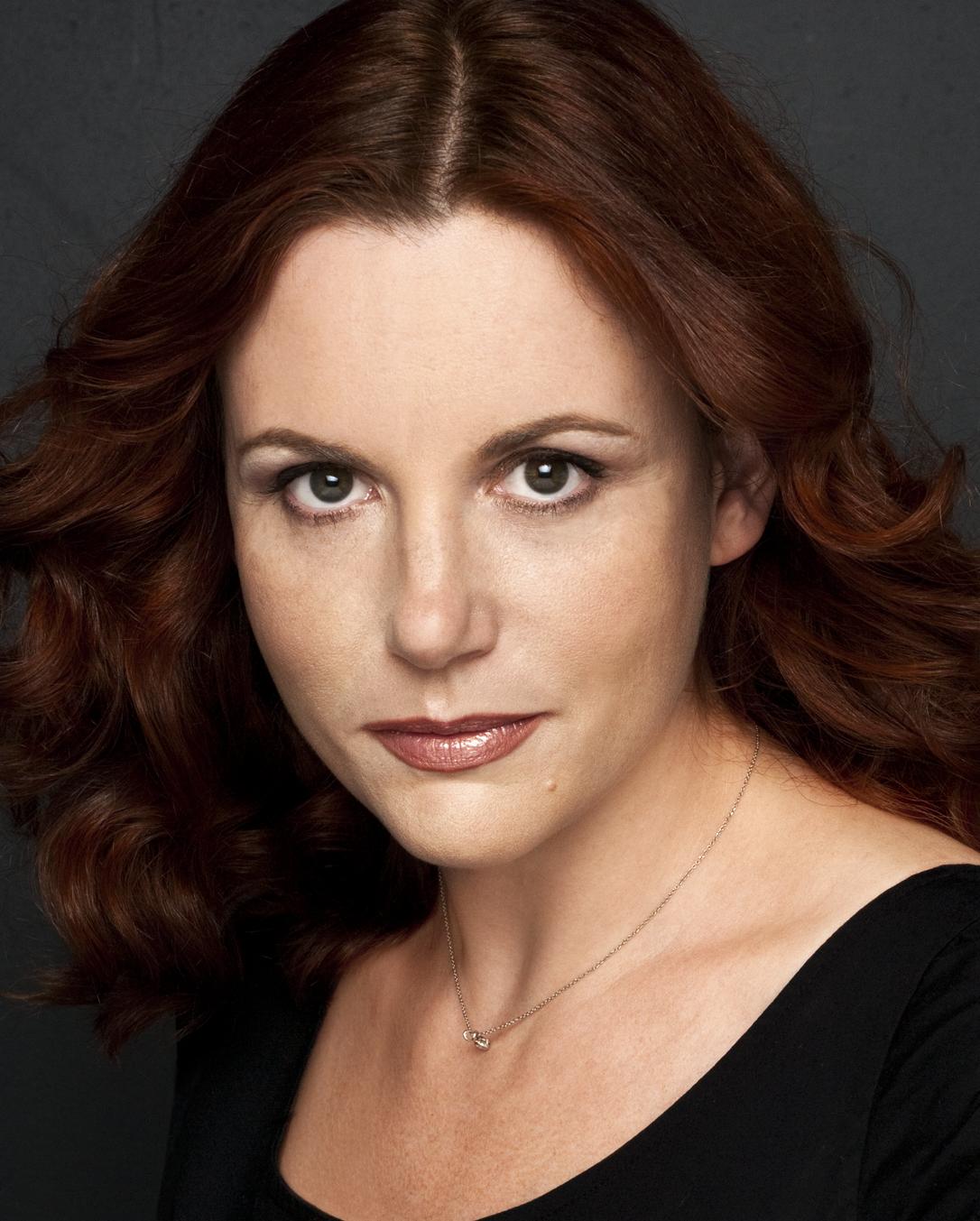
What differentiates your fragrance from other natural fragrance lines?
When my husband and I started Tallulah Jane we wanted to develop a line of fragrances that broke many of the conventions that other perfumes in the natural category seemed to ascribe to. One of the biggest challenges was to keep the price point as low as possible so that even though we are all natural we could still be competitive against the synthetics which are much cheaper to produce.
